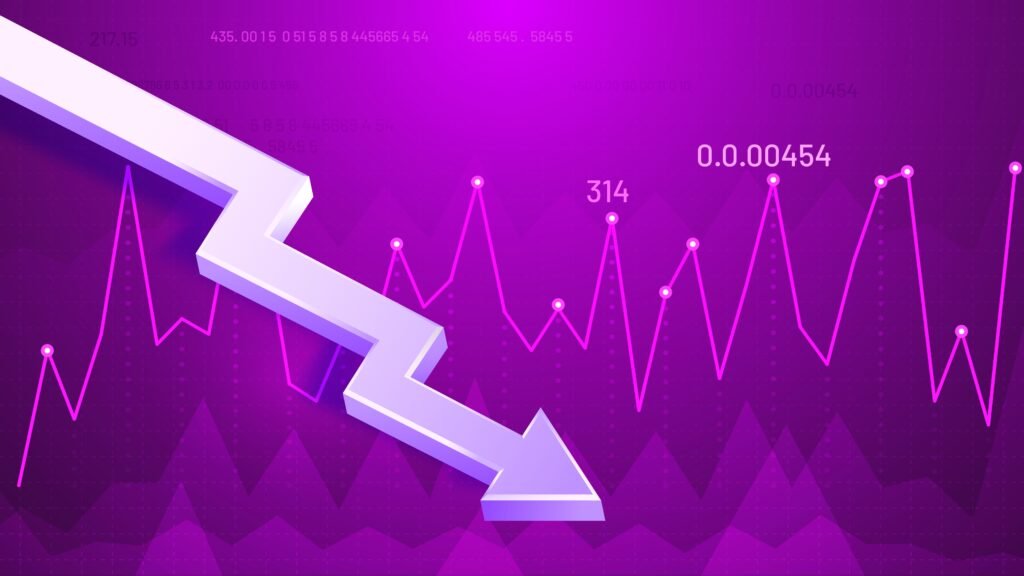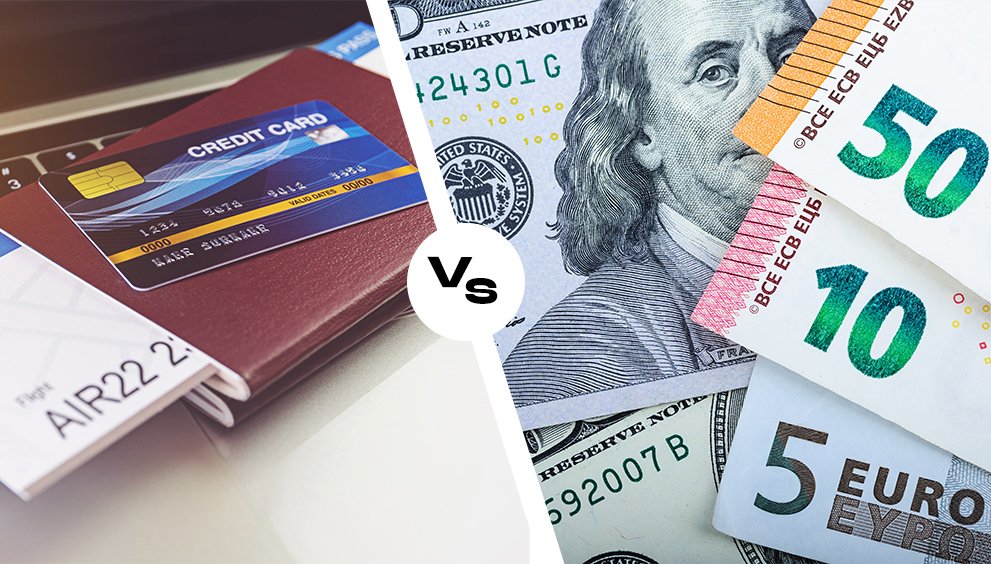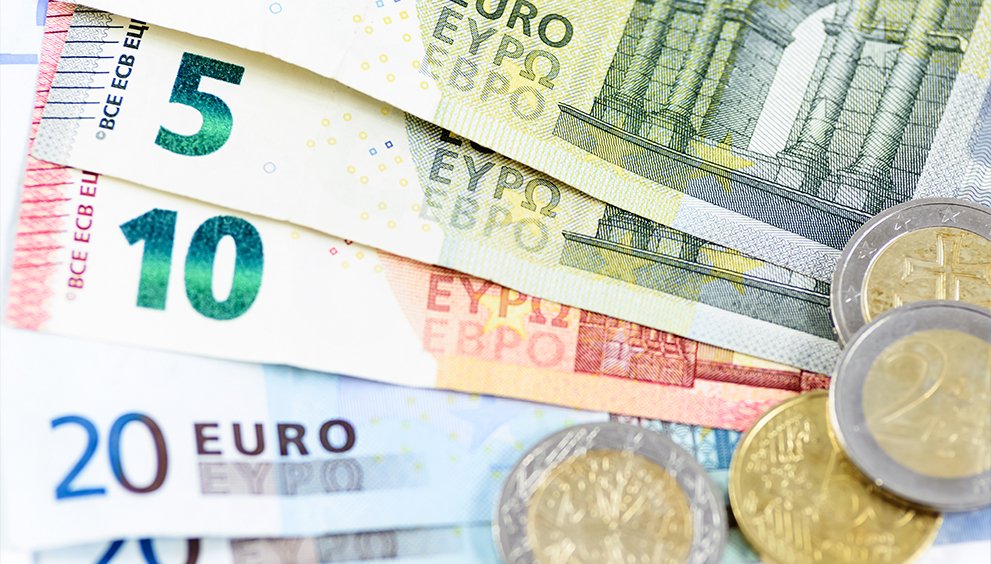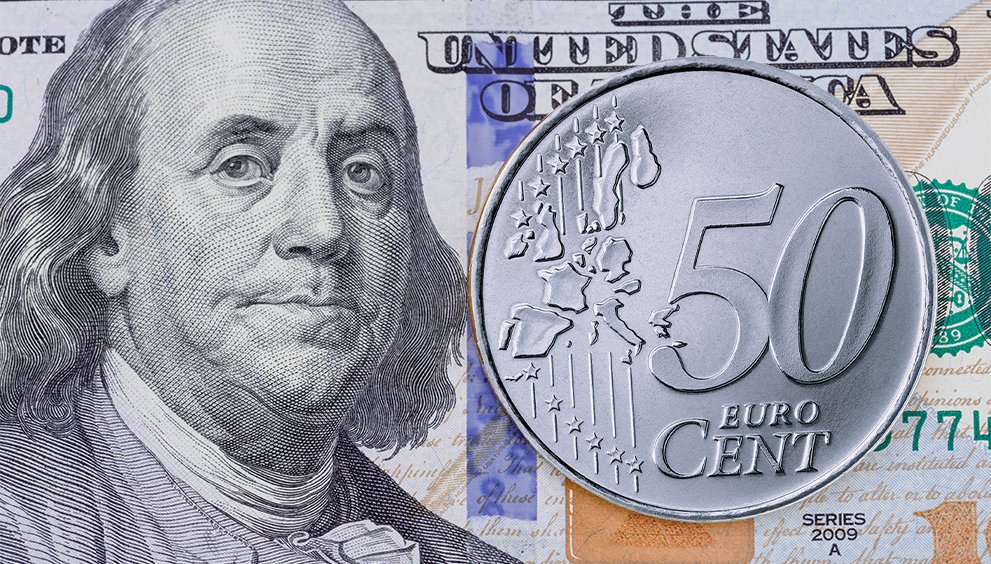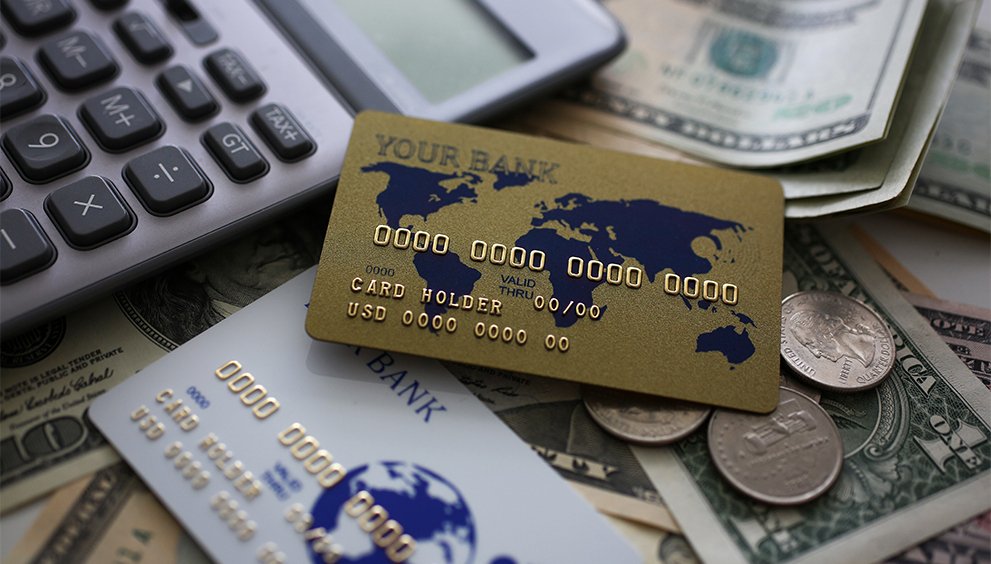GBP/USD Strengthened Following PCE Price Index

GBP/USD edged higher near 1.2938 as the latest inflation figures and rising uncertainty about a potential trade war escalation following Trump’s imposition of tariffs on cars supported the US dollar. The monthly headline PCE was reported at 0.3%, remaining steady from the prior 0.3%. Annually, this measure held at 2.5%. Meanwhile, the monthly core PCE rose by 0.4%, surpassing the expected 0.3%. The annual core PCE increased to 2.8% from 2.6%. Additionally, US Personal Income for February saw a significant rise, climbing to 0.8%, exceeding the expected 0.4% and up from 0.9%. In contrast, US Personal Spending for February decreased to 0.4%, falling short of the anticipated 0.5% and compared to the prior contraction of 0.2%. The University of Michigan Consumer Sentiment Index for March showed a lower reading of 57, below the expected 57.9 and the previous figure. Lastly, 5-year Consumer Inflation Expectations rose to 4.1%, up from 3.9% earlier.
On Sunday, US President Donald Trump expressed his disappointment at Russian President Vladimir Putin and said he would impose secondary tariffs of 25% to 50% on buyers of Russian oil if he felt Moscow was blocking his efforts to end the war in Ukraine. On the policy front, San Francisco Federal Reserve Bank President Mary Daly commented that she anticipates two rate cuts this year. However, given the robust economic indicators, Fed officials may postpone cutting rates until they evaluate how businesses adjust to tariff costs. Marketers are anxious that Trump’s tariffs will ignite inflation and dampen economic growth, indicating potential stagflation in the US economy.
Sterling gains ground on the stronger-than-anticipated domestic data. Retail Sales rose by 1% month-on-month (MoM) in February, following a 1.7% increase in January, according to the latest data from the Office for National Statistics (ONS) released on Friday. Market expectations had predicted a 0.3% decline for the month. Core Retail Sales, excluding motor fuel, also saw a 1% MoM rise, compared to a revised growth of 1.6% in January and a forecasted drop of -0.5%. On an annual basis, Retail Sales climbed 2.2% in February, surpassing January’s revised 0.6% increase, while core Retail Sales grew by 2.2%, up from 0.8% previously. Both figures exceeded market expectations. Meanwhile, UK GDP increased by 0.1% quarter-on-quarter in Q4, meeting expectations, and expanded by 1.5% year-on-year, exceeding the projected 1.4% growth.
With limited UK economic data scheduled this week, broader market sentiment around Trump’s reciprocal tariffs will direct the GBP/USD’s movements.

NZD/USD Dampens as Trump’s Tariffs Loom
NZD/USD lost momentum near 0.5717 as the market braces for US President Donald Trump’s new tariff policy announcement on Wednesday. On Wednesday, Trump will likely announce new “reciprocal” tariffs intended to rectify perceived trade imbalances, potentially including increased tariffs on Chinese goods. Since his inauguration in January, Trump has enforced tariffs totalling 20% on all Chinese imports, pointing to Beijing’s insufficient actions to curb the flow of chemicals used for manufacturing the harmful drug fentanyl into the US. Rising trade tensions between the US and China may exert downward pressure on the Kiwi, as China is a significant trading partner for New Zealand. On Monday, the Manufacturing Purchasing Managers’ Index (PMI) increased to 50.5 in March, up from 50.2 in February, matching market expectations. Furthermore, the Non-Manufacturing PMI rose to 50.8 in March from the earlier reading of 50.4, exceeding the forecast of 50.5. On the domestic front, the headline business confidence index remained stable at 58 in March, reflecting ongoing optimism among businesses about the overall economic environment. However, the index measuring expected activity saw a 4-point increase, rising to +49.
On the other hand, rising fears of stagflation risk in the US economy and uncertainty over US President Donald Trump’s aggressive trade policies continue to fuel worries about a tariff-driven economic slowdown in the US, failing to undermine the greenback. The monthly headline PCE remained steady at 0.3%. The annual figure held at 2.5%. Meanwhile, the monthly core PCE increased by 0.4%, exceeding the expected 0.3%. The annual core PCE rose from 2.6% to 2.8%. In February, US Personal Income grew to 0.8%, surpassing the 0.4% forecast, though it was down from 0.9% in the previous month. US Personal Spending also fell to 0.4% in February, below the 0.5% estimate, following a contraction of 0.2% earlier. The University of Michigan Consumer Sentiment Index for March softened to 57, under the predicted 57.9. Additionally, the 5-year Consumer Inflation Expectations increased to 4.1% from 3.9%.
Apart from Trump’s reciprocal tariffs, US labour market figures, Trade Balance, and consumer inflation figures will impact the market risk appetite for the NZD/USD exchange rate.

AUD/JPY Sinks Amid US Tariffs Jitters
AUD/JPY hovers near 94.26 as rising global risk aversion, concerns about US President Donald Trump’s reciprocal tariffs announced on April 2, and geopolitical tensions support the safe-haven JPY. On the domestic front, Japan’s industrial production rose by 2.5% in February from the previous month, recovering from a 1.1% decline in January and surpassing the forecasted 2.3% growth. Nevertheless, manufacturers anticipate only a modest 0.6% increase for March and a slight 0.1% rise in April, reflecting a cautious perspective. Additionally, Japan’s retail sales saw a year-on-year growth of 1.4% in February, a slowdown compared to January’s 4.4% growth. This figure was below the expected 2.0% increase, indicating possible challenges in domestic consumption. On Friday, Tokyo’s core CPI climbed 2.4% year-on-year in March, up from 2.2% in February, aligning with market predictions. This is the fifth month that core inflation has surpassed the Bank of Japan’s (BoJ) 2% target, intensifying speculation that the central bank will continue its approach to normalising monetary policy. According to Japan’s Statistics Bureau, the headline Tokyo CPI for March rose 2.9% year-on-year, remaining unchanged from the prior month. Moreover, the CPI excluding fresh food and energy increased to 1.1% in March, up from 0.8% in February (revised from 2.2%).
Furthermore, the Bank of Japan’s Summary of Opinions from the March meeting indicated agreement to continue increasing rates if the economy and prices align with expectations, sustaining optimism for additional interest rate hikes this year. On Monday, Japanese Finance Minister Katsunobu Kato commented, “They have agreed with the US that excessive moves on forex are undesirable.” He also added that they will continue to communicate proactively with the US on various levels. Sunday’s comments from Trump that he was pissed off at Russian President Vladimir Putin and would impose secondary tariffs of 25% to 50% on buyers of Russian oil if he feels Moscow is blocking his efforts to end the war in Ukraine steered the market sentiment, driving the safe-haven flows towards yen.
Conversely, Trump’s reciprocal tariffs continue to undermine the AUD. However, the stronger Chinese economic data and optimistic market sentiment around the Reserve Bank of Australia (RBA) interest rate decision could limit the downside of Aussie. China’s NBS Manufacturing Purchasing Managers’ Index (PMI) increased to 50.5 in March, up from 50.2 in February. This reading aligned with market expectations. Meanwhile, the NBS Non-Manufacturing PMI improved to 50.8 in March, compared to 50.4 previously, exceeding the expected 50.5. The RBA is expected to maintain the interest rate the same as it awaits an election campaign fought on cost-of-living issues and examines the potential economic impact of a US-driven upheaval in global trade.
Broader market sentiment around Trump’s tariffs and the Reserve Bank of Australia’s (RBA) interest rate decision will guide the AUD/JPY’s movements.

EUR/GBP Wobbles Despite Upbeat Retail Figures
EUR/GBP remains under pressure, trading near 0.8363, as investors await March’s German Harmonized Index of Consumer Prices (HICP) data. Retail sales in Germany grew by 0.8% month-over-month (MoM) in February, following a 0.2% increase in January, according to official data from Destatis released on Monday. This result exceeded the market’s expectation of no change. Year-on-year, retail sales saw a 4.9% rise in February, up from January’s 2.9% growth. Meanwhile, Germany’s import prices increased by 3.6% in February 2025 compared to the same month last year, marking the highest annual increase since January 2023. Monthly, import prices rose by 0.3%, slower than the 1.1% increase seen in January but still higher than the anticipated 0.0% change. Germany’s GfK Consumer Confidence Survey for April reported a score of -24.5, slightly better than the previous figure of -24.6 but falling short of expectations. In France, consumer spending declined by 0.1% in February, an improvement over January’s 0.6% drop but lower than the anticipated 0.3% decrease. February’s CPI in France increased by 0.2%, though it missed projections, and was better than January’s stagnant performance. In Spain, the CPI for March was 2.3%, which was below the forecast of 2.6% and decreased from February’s 3.0%.
While Friday’s data indicates that the inflationary pressures are at a slower-than-expected pace, market anticipations regarding the European Central Bank’s (ECB) monetary policy outlook remain cautious, as Donald Trump’s tariff agenda is expected to influence the eurozone’s economy. On Monday, European Central Bank (ECB) policymaker Fabio Panetta commented, “The fight against inflation cannot be considered over.” He also added that the sluggish euro area economy and geopolitical tensions are helping curb inflation. However, rising uncertainty- mainly due to conflicting US policy announcements- necessitates a cautious approach to interest rates. European Central Bank (ECB) President Christine Lagarde stated that “we’re almost at our inflation target,” adding, “Keeping inflation in check is a constant battle.” She emphasised the necessity for inflation to decrease sustainably, noting that achieving this requires “carefully set interest rates.” Concerning trade, she remarked that tariffs allow regions to assert their independence, adding that “any resulting trade war would lead to negative outcomes for all parties.”
The pound strengthened due to better-than-expected domestic economic data. Recent figures from the Office for National Statistics (ONS) show retail sales rose 1% month-on-month (MoM) in February, following a 1.7% increase in January. Analysts had predicted a 0.3% decline. Core retail sales, excluding motor fuel, also increased by 1% MoM, compared to a revised 1.6% in January and an expected decrease of 0.5%. Year-on-year, retail sales grew by 2.2% in February, exceeding the revised 0.6% increase in January, while core retail sales also rose by 2.2%, up from 0.8%. Both data sets surpassed market predictions. Additionally, the UK’s GDP grew by 0.1% quarter-on-quarter in the fourth quarter, matching expectations, and expanded by 1.5% year-on-year, exceeding the 1.4% growth forecast.
Investors will focus on tomorrow’s Manufacturing Purchasing Managers’ Index (PMI) figures from both regions, along with Eurozone’ ’s Unemployment Rate and Flash Consumer Price Index (CPI) data for fresh impetus on the EUR/GBP exchange rate.

Stay ahead of the curve—follow us for daily FX insights and make smarter currency decisions in a volatile global Finance markets .


 English
English 


